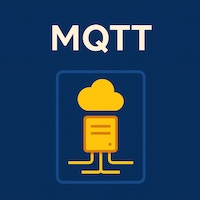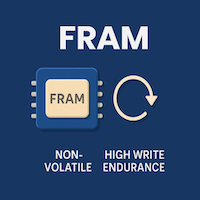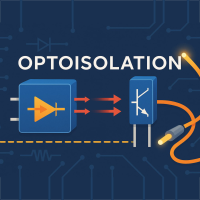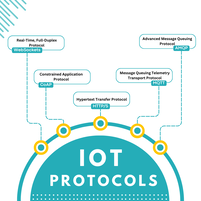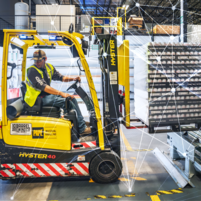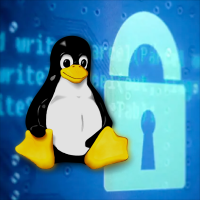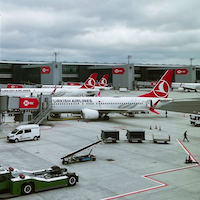How smart cities actually work?

The main character, Ben Cooper, has to come to grips with the reality that his high-tech house has the potential to act on its own without his permission in the Disney Channel Original Movie "Smart House."
However, apart from an artificial intelligence program and automated technology striving to take power from its inventor, "Smart House" is complete with beautiful signs of what people in 1999 anticipated future technology to be like.
What exactly are these "Smart Cities"?
We are now in the year 2022, and people all around the globe are aware of what smart cities are.
Cities that use technology to make everyday living more environmentally friendly, efficient, transparent, and intelligent are called smart cities.
The ability to contextualize enormous volumes of acquired big data depends on the use of intelligent technology, the internet of things (IoT), and the use of geographical information systems (or GIS software). Smart cities rely on these technologies.
Smart Tech
The Internet of Things brings disparate systems and devices together, and geographic information systems (GIS) unify spatial information and relevant data so that users only need to search through a single design when performing analysis. Innovative technology, such as sensors, is used to inform the infrastructure of smart cities. As a result, companies and organizations of every kind and in every sector are increasingly turning to GIS to improve their workflow and efficiency.
Because GIS technologies educate brilliant city designers and planners at every step of planning, from modeling to construction to management, the unified database is also perfect for creating and maintaining intelligent cities. This is because smart cities are becoming more complex. This makes perfect sense when one considers that the modern society is one that thrives on knowledge being shared.
Aside from the fact that smart cities represent a type of zenith in the convergence of consumer technology and daily life, they also provide chances for long-term sustainability and day-to-day innovation. The problems caused by fast population increase and uncontrolled urbanization may be solved by developing smart cities. The resilience of smart cities is often constructed on top of actionable GIS data, which pulls information from technological goods and services that can adjust to their surrounding environment. This allows smart cities to be self-sufficient. A smart city is one that operates around the clock, is entirely data-driven, and strives to achieve transparency, sustainability, and efficiency, driven by a unified use of innovative technologies.
The Attractiveness of High-Tech Cities
Users rely on GIS tools to help them connect the dots regarding the several layers of data that eventually lead to errors or misunderstandings owing to the sheer volume of information. After all, the information that is gathered by GIS software isn't limited to map locations and architectural designs merely. It encompasses the area, shape, and function of buildings and structures, in addition to any interactions and linkages that may exist between those aspects of the buildings and structures.
These massive data sets are given a personal touch in smart cities thanks to the combination of technology and people
To be considered smart, a city must first and foremost consider its residents' wants and demands. They expand the possibilities of devices that are enabled for use with the internet of things. Instead of simply musing over the possibilities that could be unlocked if, for example, your toaster and refrigerator could communicate with one another, the designers and builders of smart cities prioritize ensuring that all interconnected devices and systems are interconnected and compatible with one another.
Consider the innovative approaches used by cities such as Songdo, Amsterdam, and Masdar City. Beyond only managing data and improving infrastructure, they have also found success with their technologies. The cities are responsive; the people who live in those cities and the businesses that operate within them can examine how the cities are performing, determine ways to improve their desire to live sustainably and incorporate their feedback to improve their living and working experiences.
According to Salt, an online editorial that focuses on topics of sustainability and positive change in the business world, one of the "fundamental" elements of a smart city is its use of technology in every aspect of life, including companies and consumers. It describes Salt as an online editorial focusing on sustainability and positive change in the business world. The difficulty is in locating and integrating those different technologies. People living in the city must have both the perception of agency and real agency, thanks to these mechanisms.
The Answer to Problems Facing Smart Cities
And the answer to why there are now such things as smart cities may be found in the previous sentence. (They provide a remedy to problems that are seen in typical cities that are not smart.)
Songdo and Masdar City are two places that need another look from us. You may take as much time as you need to study an extensive essay that was written by Esri India and outlines the various GIS applications that can be used in the context of smart cities. However, it is more interesting to take a closer look at smart cities that are already operational, such as Songdo and Masdar City, and identify the things these cities have "fixed." These include vital areas essential for constructing more sustainable, resilient, and responsive cities, such as smart public administration, governance, transportation, and public services, including utilities, as well as education and health systems.
Built-from-scratch According to The Guardian, Songdo is outfitted with data sensors that are constantly on, "continuously [gathering] information on the city's flows of water, electricity, and transportation for ongoing optimization." People reside in Songdo, and in addition to working and playing there, therefore the city may be considered entirely functional. To manage the people's day-to-day safety and security and to prepare for the possibility of natural catastrophes, the city has formed partnerships with technology businesses, service providers, and government institutions. Its goal is to become the most sustainable eco-city in the world, and to achieve this goal, Masdar City uses only renewable sources of energy and strives to produce almost no trash. The city uses the natural elements, such as the dominant winds and the pounding sun, to speed up the development of technology that will eventually handle the fast urbanization that is occurring.
Conclusions and Reflections on Smart Cities
Everyone who works in a professional capacity is familiar with the phrase "work smarter, not harder." The same principle applies to cities, particularly now, when cities all over the globe are investing in greener measures such as phasing out plastic bags, reducing their use of fossil fuels, and installing LED street lights.
If they aren't starting from scratch, city planners are busily transforming already-existing cities into "smart cities" by integrating technology into the city's infrastructure and making other necessary adjustments. These cities are the best examples of how to use technology to benefit society as a whole. Following in the footsteps of potentially harmful and baffling forms of technology such as malware and cryptocurrencies, respectively, the advent of smart cities comes as a welcome relief. If Pat, the artificial intelligence avatar from "Smart House," had been engaged in a back-and-forth dialogue about the family's wishes and requirements, maybe she would have been less tempted to cause havoc and assert tight control over the household.
Explore more
Need any help in IoT?
Need any help in IoT? An Atreyo expert identify the right solution for your needs.
If ready to talk to an Atreyo expert
Interested in IoT products? go to
